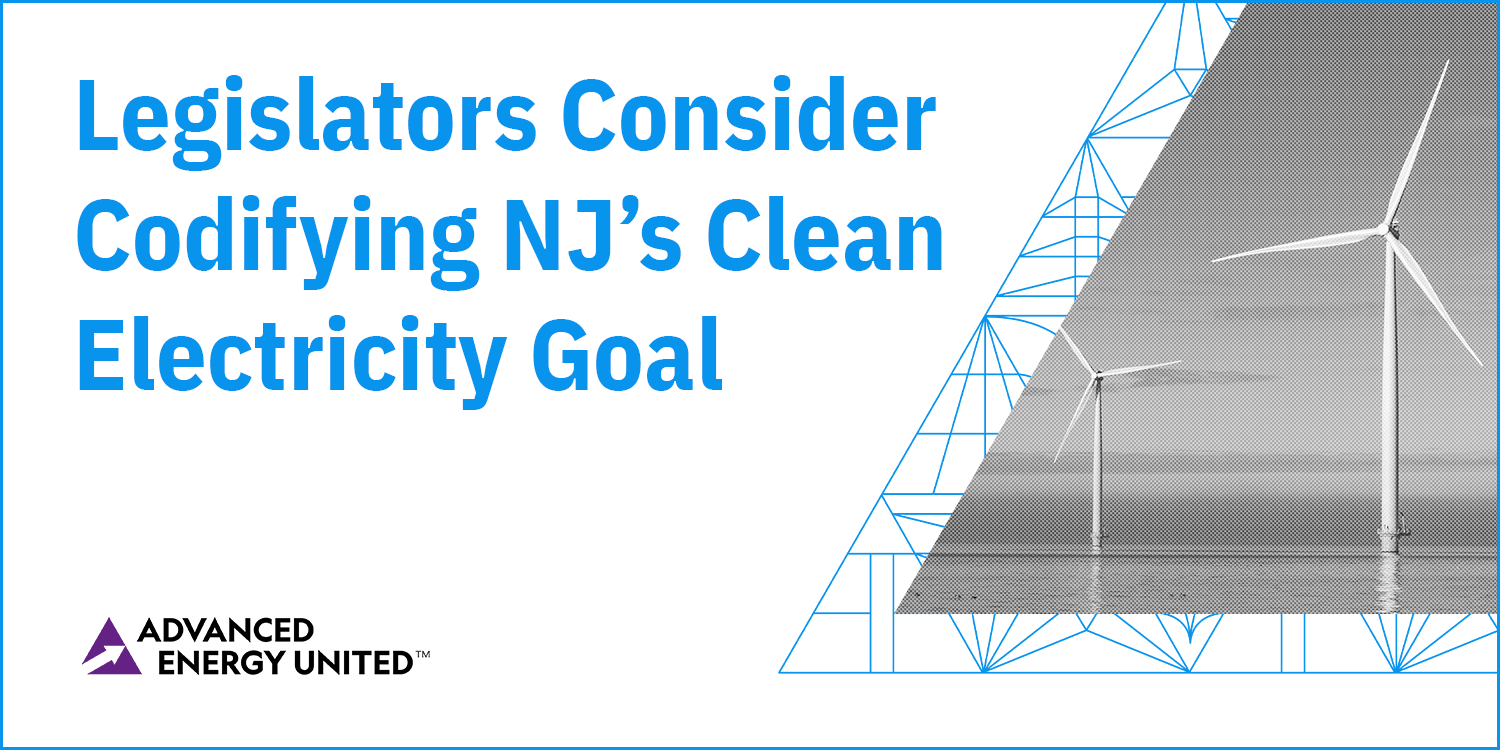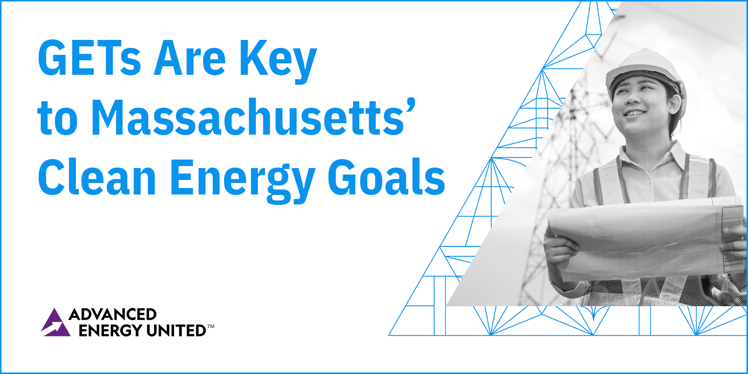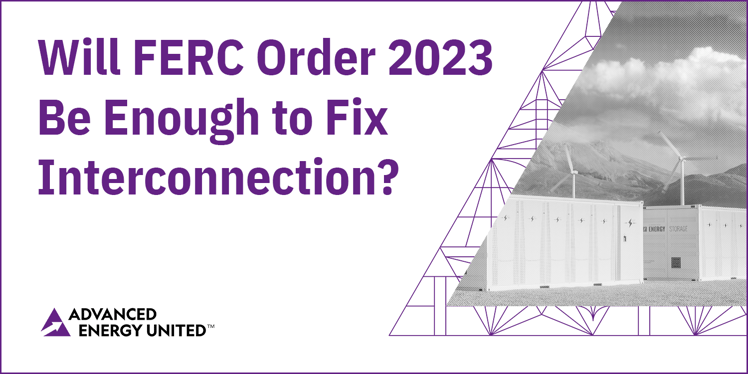
In May 2023, Xcel Energy Colorado filed its inaugural Gas Infrastructure Plan (GIP). Not only was this a first for Colorado, but in a national regulatory landscape light on gas utility oversight, it was also among the first of its kind nationwide. With the gas industry facing unprecedented headwinds – and in light of changing policy, technology, and market conditions – states are looking for new tools to understand and evaluate gas infrastructure investments. Colorado is at the forefront of that change, with state, city, and county emissions reduction policies and programs layered on top of generous state and federal rebates and incentives for clean appliances. In addition, gas commodity and infrastructure costs are rising, and innovation and scale are happening in the cold-climate heating solutions marketplace. All of these beg the question: how do we align long-lived, ratepayer-funded utility infrastructure investments with these long-term trends while still providing for our energy needs in the near term?
.png?width=748&height=391&name=Board%20Announcement%20(1).png)


